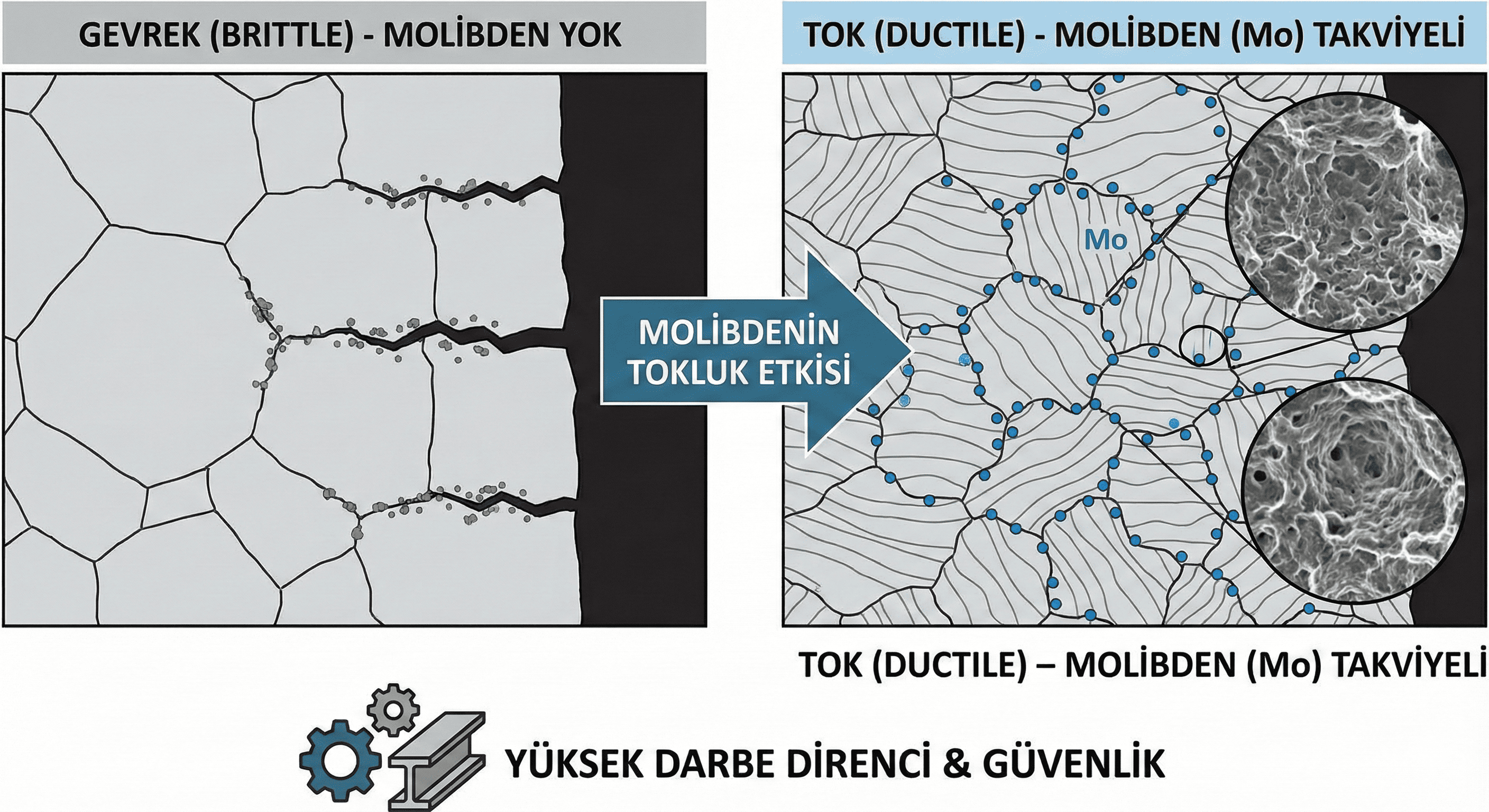Europium Oxide Nanopowder: Properties, Synthesis, and Applications
Introduction
Europium oxide nanopowder (Eu²O³) is a significant material in nanotechnology and advanced materials science due to its unique properties and versatile applications. As a rare earth oxide, europium oxide exhibits notable optical and electronic characteristics, making it valuable in various high-tech fields. This article delves into the properties, synthesis methods, and applications of europium oxide nanopowder.
What is Europium Oxide Nanopowder?
Europium oxide nanopowder consists of extremely fine particles of europium oxide, typically in the nanometer size range (1-100 nm). This form of europium oxide is prized for its high surface area and reactivity, which are enhanced compared to its bulk counterparts. It is used in a range of applications, from display technologies to advanced materials.
Properties of Europium Oxide Nanopowder
- High Surface Area: The nanopowder form of europium oxide has a significantly higher surface area compared to its bulk form, which enhances its reactivity and interaction with other materials.
- Optical Properties: Europium oxide exhibits strong luminescence and fluorescence properties. It is capable of emitting light in various wavelengths when excited by UV light or other sources.
- Stability: Europium oxide is chemically stable and resistant to high temperatures, making it suitable for use in various harsh environments.
- Nanoparticle Characteristics: The nanoscale size of europium oxide particles imparts unique physical and chemical properties, including increased catalytic activity and enhanced electronic properties.
Synthesis of Europium Oxide Nanopowder
Several methods are used to synthesize europium oxide nanopowder, each with its advantages and challenges:
- Sol-Gel Method: This involves the transition of a solution (sol) into a gel-like network (gel), which is then dried and calcined to produce europium oxide nanopowder. This method offers control over particle size and composition but can be complex.
- Precipitation Method: Europium salts are precipitated out of a solution, often using a base. The precipitate is then filtered, washed, and calcined to obtain europium oxide nanopowder. This method is relatively simple and cost-effective.
- Hydrothermal Synthesis: This technique uses high temperature and pressure in a water-based solution to produce europium oxide nanoparticles. It allows for the creation of uniform and high-quality nanoparticles but requires specialized equipment.
- Co-precipitation: In this method, europium and other metal ions are co-precipitated from a solution under controlled conditions. The resulting mixed precipitates are then converted into europium oxide.
- Ball Milling: This mechanical method involves grinding europium oxide in a ball mill to produce nanopowder. While it is straightforward, controlling the particle size and uniformity can be challenging.
Applications of Europium Oxide Nanopowder
- Phosphors and Luminescence: Europium oxide is used in phosphors for display technologies, including LEDs and fluorescent lamps. Its luminescent properties make it essential for producing bright and efficient light.
- Catalysts: In heterogeneous catalysis, europium oxide nanoparticles are used as catalysts in various chemical reactions due to their high surface area and catalytic activity.
- Optical Devices: Europium oxide nanopowder is utilized in optical devices such as lasers, optical sensors, and imaging systems due to its luminescent and electronic properties.
- Magnetic Materials: The unique magnetic properties of europium oxide nanoparticles make them useful in advanced magnetic materials and devices.
- Biomedical Applications: Europium oxide nanoparticles are explored for use in biomedical imaging and drug delivery systems due to their luminescent properties and biocompatibility.
Handling and Safety
Europium oxide nanopowder should be handled with care to avoid inhalation or ingestion. Proper protective equipment, including masks and gloves, should be used. It is also important to store the nanopowder in a dry, inert atmosphere to prevent oxidation and contamination.
Challenges and Considerations
- Cost: The production of europium oxide nanopowder can be expensive due to the high cost of europium and the complexity of synthesis methods.
- Environmental Impact: The environmental impact of mining and processing rare earth elements is a concern. Sustainable practices are essential to minimize the ecological footprint.
- Health and Safety: As with other nanopowders, europium oxide nanoparticles can pose health risks if not handled properly. Research into the safe handling and disposal of nanoparticles is ongoing.
Conclusion
Europium oxide nanopowder is a valuable material in advanced technology applications, including luminescent devices, catalysts, and optical components. Its unique properties and the ability to tailor its characteristics through various synthesis methods make it a versatile material in nanotechnology. As research continues, the applications and production techniques for europium oxide nanopowder are likely to expand, driving further innovations in this field.
Feel free to adjust or expand upon this content based on your specific needs or the depth of detail required!





